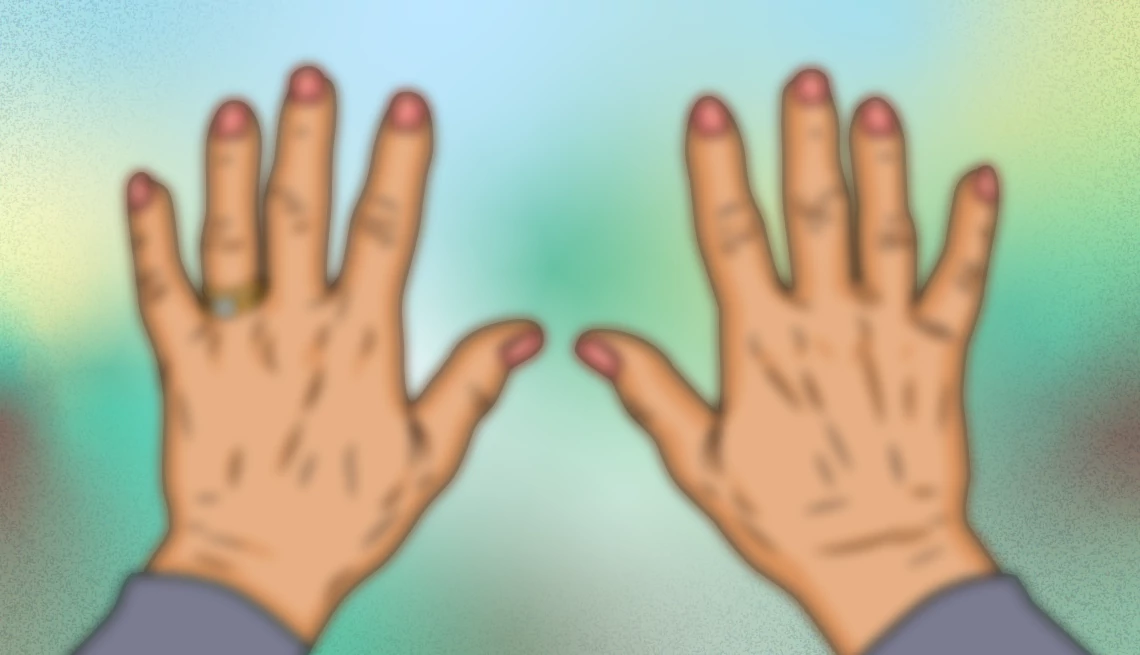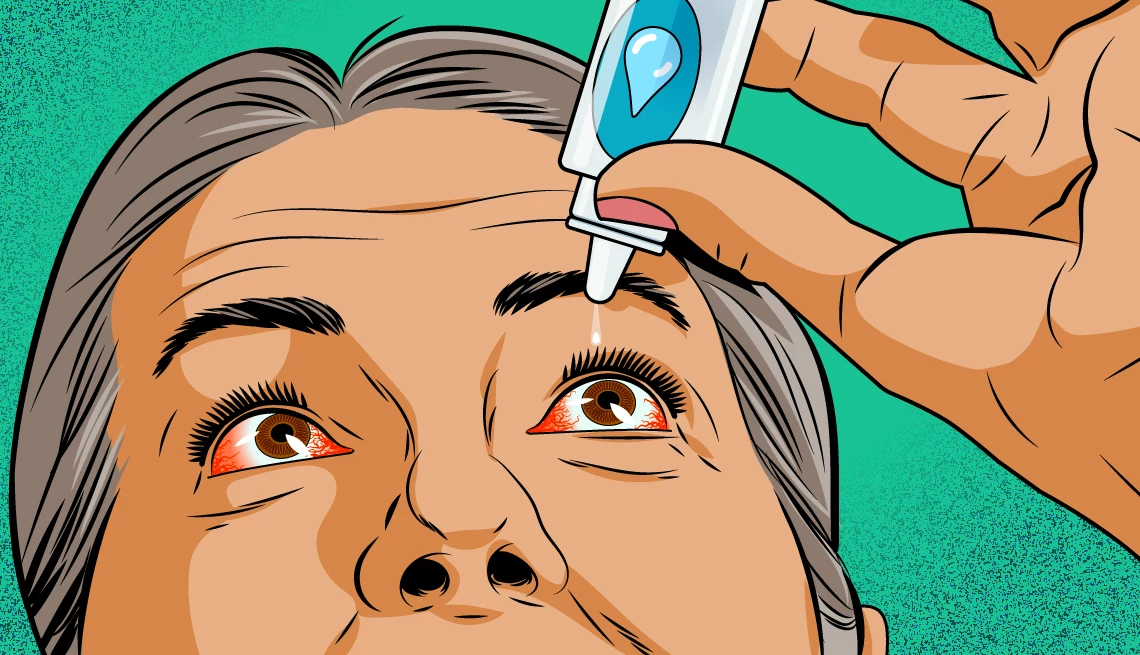AARP Hearing Center


Blurry vision is nothing out of the ordinary — especially as you age. Consider cataracts, dry eye, far-sightedness, glaucoma, age-related macular degeneration. These are all common among people over 60. And since these conditions develop gradually, your eye doctor can treat symptoms and reduce your chances of severe disease if you keep up with regular eye exams.
Sudden blurry vision, however, is altogether different.
“Sudden change always indicates a significant issue,” says Ashley Brissette, MD, assistant professor of ophthalmology, Weill Cornell Medicine, New York Presbyterian Hospital. “Gradual blurry vision is often due to cataract progression, prescription change, or slow progressive changes to the eye that can be halted with proper treatment. A sudden change may signify a more serious problem that could cause permanent damage to vision.”
Here’s what you need to know.
Why is my vision blurry?
The potential culprits can range from the relatively harmless (like eye strain from too much screen time) to the potentially life-threatening (like a stroke) and plenty of vision thieves in between.
“Blurred vision is a hallmark symptom of many conditions because the eye is composed of a complex system of blood vessels and nerves that are directly connected to the same network of blood vessels and nerves involved in conditions that affect the entire body,” says Usiwoma Abugo, MD, spokesperson for the American Academy of Ophthalmology and an ophthalmologist at Katzen Eye Group in Lutherville, MD.
What causes sudden blurred vision?
Vision loss is considered sudden if it occurs, well, suddenly — as in, over a period of a few seconds or minutes — but also if it happens over the course of a few days. Some or all of your vision may be affected. But any sudden change is potentially serious, even if it resolves on its own.
Here are some of the culprits:


Eye drops
Whether over-the-counter or by prescription, eye drops can cause sudden blurry vision. But it’s cause for concern only if the blurriness doesn’t give way to clear-eyed relief within a few minutes, according to the American Academy of Ophthalmology. If your vision remains cloudy, that could be a sign the formula is irritating the cornea.





































































More From AARP
Common Eye Conditions in Older Adults
These common symptoms may be signs of an eye disease
The Genetic Eye Disease That Worsens With Age
Symptoms, causes and treatments of Fuchs' dystrophy
Flashes and Flickering Light in Eye
When lights in the eyes are signs of a more serious condition